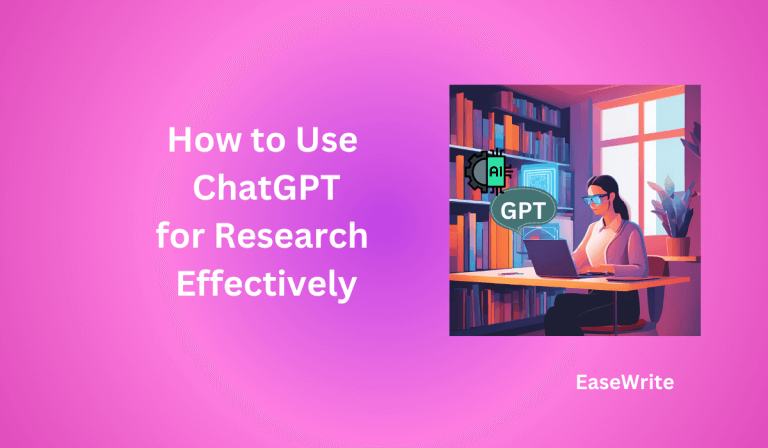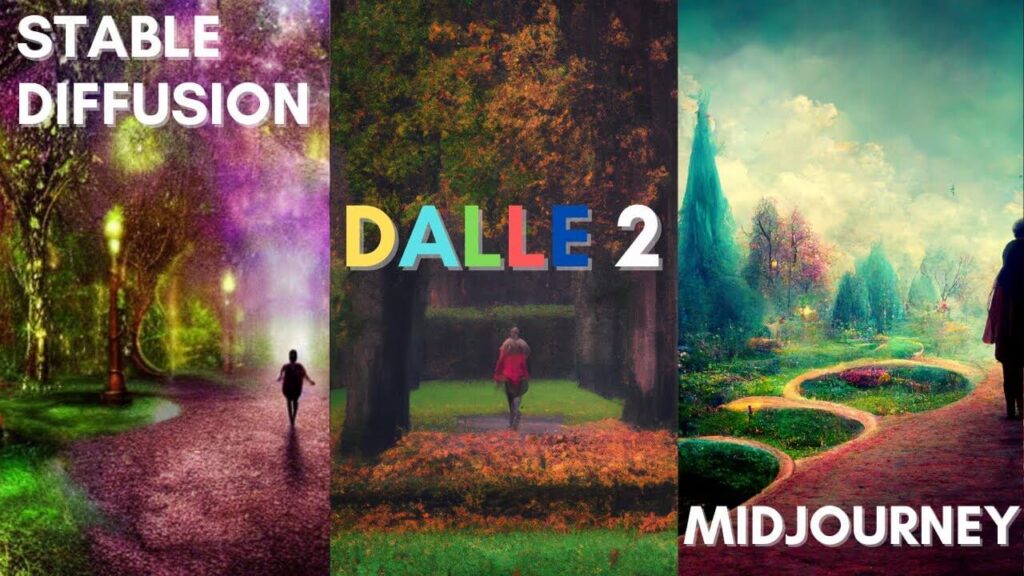In a world overflowing with information, time is a researcher’s most valuable asset. Whether you’re a student, academic, scientist, or business analyst, boosting efficiency can make all the difference. That’s where this guide on how to use ChatGPT for research productivity and more comes in. ChatGPT, developed by OpenAI, is revolutionizing the way we research, write, and manage complex information workflows.
Introduction to ChatGPT and Its Capabilities
ChatGPT is an AI-powered language model trained to understand and generate human-like text. Since its launch, it has become a go-to tool for coders, writers, marketers—and increasingly—researchers. With the ability to process vast information and produce organized responses in seconds, it’s a powerful productivity companion.
Why Use ChatGPT for Research?
Here’s why researchers at all levels are turning to AI assistants like ChatGPT:
- Speed: Get instant answers, summaries, or outlines.
- Accuracy: With the right prompts, ChatGPT can retrieve well-organized and structured content.
- Idea Generation: Overcome writer’s block with topic suggestions or thesis ideas.
- Content Organization: Easily organize data, concepts, or findings into clear formats.
Setting Up ChatGPT for Productive Use
Before diving into research, you’ll want to optimize your setup:
- Choose the Right Version: GPT-4 (Pro plan) offers enhanced reasoning and creativity; GPT-3.5 is suitable for basic queries.
- Select the Best Interface: Use the OpenAI platform or integrate ChatGPT via platforms like Poe, Notion AI, or ChatGPT browser extensions.
- Customize Instructions: Set preferences to tailor tone, writing style, and topic relevance.
Research Tasks You Can Delegate to ChatGPT
Here are just a few ways ChatGPT can help lighten your academic workload:
- Literature Reviews: Ask for summaries or lists of research papers by topic.
- Brainstorming: Generate research questions, hypotheses, or experimental setups.
- Citation Assistance: Request APA, MLA, or Chicago-style citations for references.
Writing Research Papers with ChatGPT
ChatGPT is excellent at drafting parts of a paper when given structure and clarity:
- Outlining: “Outline a research paper on climate change’s impact on agriculture.”
- Drafting: “Write an introduction section for a study on AI in education.”
- Summarizing: “Summarize this 1,000-word article into 200 words for a literature review.”
Keep in mind that human revision and validation are crucial for academic integrity.
ChatGPT for Academic vs. Corporate Research
| Use Case | Academic Research | Corporate Research |
|---|---|---|
| Goal | Knowledge expansion | Competitive intelligence, product innovation |
| Tools Used | Citations, abstracts, peer-reviewed data | Business reports, analytics, market insights |
| ChatGPT Use | Summarizing papers, outlining ideas | Creating reports, idea vetting, email drafting |
Using ChatGPT for Technical Research
Technical topics don’t scare ChatGPT. It can:
- Explain Code Snippets: “Explain this Python loop.”
- Simplify Math Problems: “Break down this statistics formula for beginners.”
- Document Findings: Draft technical documentation in Markdown or LaTeX format.
Organizing and Managing Sources with ChatGPT
Let ChatGPT help you format and track your sources:
- Generate bibliographies
- Format citations in APA, MLA, or Chicago styles
- Annotate references with summaries or usage notes
Example prompt: “Create an annotated bibliography for five sources on climate adaptation.”
Real-World Case Study: A PhD Student’s Workflow
A doctoral student in neuroscience used ChatGPT to:
- Draft outlines for literature reviews
- Translate complex findings into layman’s terms
- Generate presentation slides
- Save 6–8 hours weekly on writing and summarizing
Result? More time spent on critical analysis and lab work, less on formatting and repetition.
Tips for Writing Better Prompts
Well-crafted prompts yield better results. Follow these tips:
- Be Specific: “Summarize a 2022 paper on deep learning in medical imaging.”
- Include Format Instructions: “List bullet points vs. write a paragraph.”
- Give Context: Provide brief descriptions, goals, or target audience.
Collaborating with ChatGPT for Group Research
Working with a team? ChatGPT can:
- Draft shared documents
- Create group presentation outlines
- Compile discussion notes from various sources
Combine its capabilities with Google Docs or Notion for seamless collaboration.
Ethical Considerations and Plagiarism
AI is a tool—not a ghostwriter.
- Don’t copy-paste AI outputs without edits
- Always cite ChatGPT when it contributes ideas or text
- Ensure factual accuracy by cross-checking with primary sources
Maintaining integrity is crucial in any research setting.
ChatGPT for Data Analysis and Visualization
ChatGPT can assist in:
- Explaining datasets: “What does this CSV column mean?”
- Visualizing data: Suggesting charts or creating sample code for matplotlib, seaborn, etc.
- Interpreting Results: Summarizing patterns, statistical outcomes, or user feedback.
ChatGPT Extensions and Integrations
Maximize productivity by pairing ChatGPT with:
- Zotero + GPT plugins for auto-citation
- Notion AI for task and note management
- Chrome Extensions like AIPRM for prompt templates
These integrations save time and streamline complex workflows.
Common Mistakes to Avoid When Using ChatGPT for Research
- Relying too heavily on AI for facts without verification
- Giving vague or overly broad prompts
- Ignoring formatting and referencing rules
- Skipping human editing for grammar and tone
Conclusion
The age of intelligent productivity is here, and ChatGPT is at the forefront. Whether you’re writing a dissertation, developing a market report, or analyzing scientific data, knowing how to use ChatGPT for research productivity and more can dramatically cut down your workload and sharpen your focus. Embrace it as your smart assistant, but don’t forget critical thinking, ethics, and human insight are irreplaceable.


